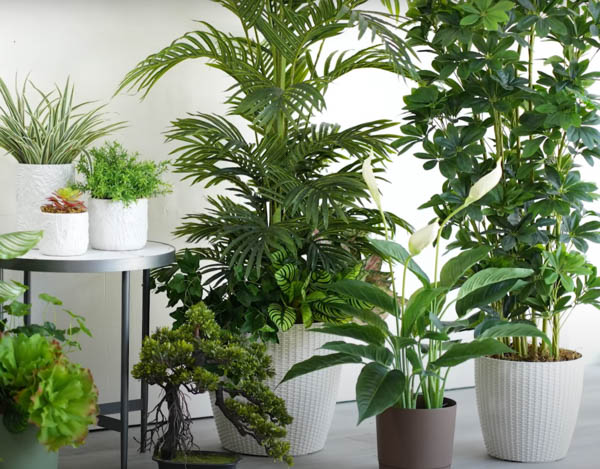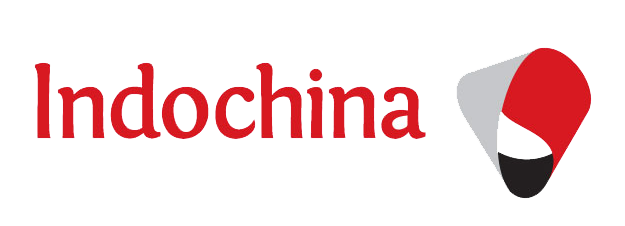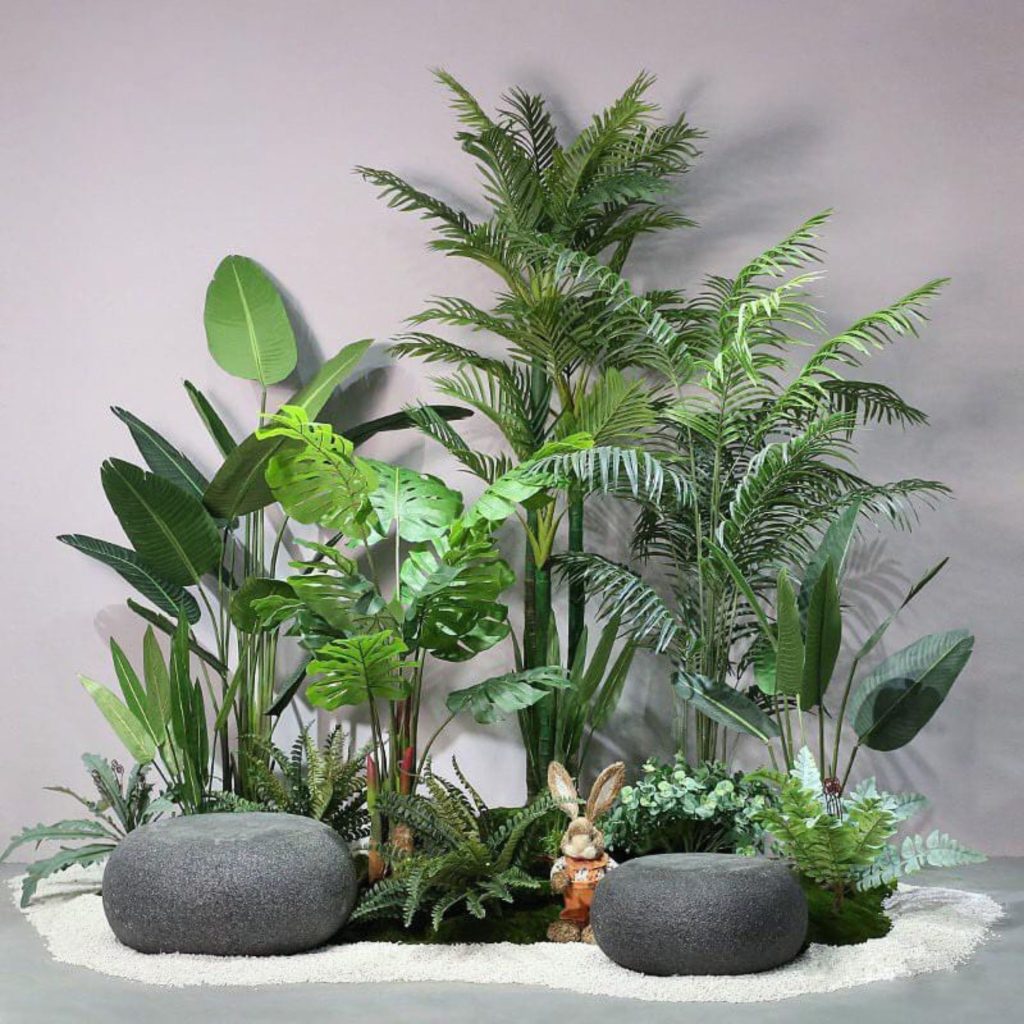Shipping Artificial Plants by Sea from Vietnam to Singapore
The trade of decorative items has grown significantly over the past decade, and artificial plants are among the most in-demand products in the global home décor market.
Vietnam, with its strong manufacturing sector and competitive pricing, has become a major supplier of artificial plants to markets around the world — including Singapore, a country well known for its sophisticated retail sector and high-quality standards.
While air freight can deliver goods quickly, sea freight remains the most cost-effective method for moving large shipments of bulky yet lightweight products such as artificial plants.
This article provides a detailed guide to shipping artificial plants by sea from Vietnam to Singapore, covering everything from market potential to packaging, customs regulations, and practical tips to ensure a smooth shipment.

Why Ship Artificial Plants from Vietnam to Singapore?
Vietnam’s production advantages:
Vietnamese manufacturers produce artificial plants using modern materials such as silk, plastic, polyester, and latex. The craftsmanship is often highly detailed, and the cost of production is competitive compared to many other Asian countries.
Growing demand in Singapore:
Singapore’s dense urban living, limited space for real gardening, and tropical climate make artificial plants an appealing choice for homes, offices, and commercial spaces. The country’s retail and interior design sectors frequently import large quantities of decorative items, including artificial plants.
Proximity and logistics benefits:
Shipping from Vietnam to Singapore is relatively fast and cost-efficient due to the short maritime distance. A sea voyage can take as little as 3–5 days of transit time, making it a practical option even for time-sensitive orders when planned well.
Choosing Sea Freight Over Air Freight
While air freight offers speed, artificial plants are generally bulky relative to their weight, leading to high volumetric charges by air. Sea freight, on the other hand, allows for transporting larger volumes at a lower cost per cubic meter.
Main sea freight options:
Full Container Load (FCL): Ideal for large shipments where a single customer uses an entire container. For artificial plants, common sizes include 20-foot and 40-foot containers.
Less than Container Load (LCL): Suitable for smaller orders where you share container space with other shipments. Costs are based on cubic meters (CBM) rather than full container pricing.
Main Ports Involved
In Vietnam:
Cat Lai Port (Ho Chi Minh City) — the busiest port for containerized goods, ideal for southern Vietnam manufacturers.
Hai Phong Port — serves northern Vietnam factories.
Da Nang Port — convenient for central Vietnam production facilities.
In Singapore:
Port of Singapore — one of the world’s largest and most efficient ports, handling almost all containerized cargo for the country.
The shipping route is straightforward, with multiple weekly departures between Vietnamese ports and Singapore.
Customs Regulations
Even though artificial plants are not perishable and do not require phytosanitary certification like real plants, certain customs rules apply.
Vietnam export requirements:
Commercial invoice
Packing list
Bill of lading (issued by the shipping line or freight forwarder)
Export declaration through Vietnam Customs’ electronic system
Singapore import requirements:
Commercial invoice and packing list
Bill of lading
Import permit (through Singapore Customs’ TradeNet system)
HS code classification — artificial plants are typically classified under HS Code 6702 (Artificial flowers, foliage, fruit, and parts thereof).
Compliance with Singapore’s product safety and labeling rules, especially if the items include lighting, batteries, or other electrical components.
Packaging Best Practices
Artificial plants, especially those with delicate leaves, flowers, or stems, can be easily bent or damaged in transit. Proper packaging protects them during the sea journey.
Key recommendations:
Individual wrapping: Use soft tissue paper, bubble wrap, or polyethylene sleeves for each plant.
Sturdy cartons: Pack items in strong corrugated boxes to withstand stacking inside containers.
Inner cushioning: Fill empty spaces with foam, air pillows, or shredded paper to prevent movement.
Moisture protection: Use desiccants and plastic liners inside cartons to reduce humidity damage during sea voyages.
Palletization: Stack cartons on pallets for easier handling and to avoid crushing from heavy loads.
Working with Freight Forwarders
For first-time exporters or importers, working with a reliable freight forwarder is essential. They can:
Advise on optimal shipping schedules
Handle documentation and customs clearance
Provide competitive freight rates
Offer cargo insurance options
Arrange door-to-door service
Choose forwarders with experience in handling decorative goods, as they will understand the packaging and stacking requirements for artificial plants.
Risk Management
While sea freight is generally safe, risks such as water damage, theft, or mishandling can occur. To minimize these:
Purchase marine cargo insurance — covers loss or damage during transit.
Ensure proper labeling — “FRAGILE” or “HANDLE WITH CARE” notices can help, though careful packing is still the main safeguard.
Use reputable carriers and forwarders with proven track records.

Sustainability Considerations
Although artificial plants are not biodegradable, many manufacturers are adopting eco-friendlier practices such as:
Using recycled plastics or fabrics
Designing modular plants that can be repaired rather than replaced
Optimizing packaging to reduce material waste and shipping volume
Businesses trading in artificial plants should highlight such sustainable initiatives to meet growing consumer demand for environmentally responsible products.
Step-by-Step Shipping Process Summary
Confirm order details with your buyer, including product specifications, quantity, and delivery terms (Incoterms).
Select shipping method (FCL or LCL) based on order volume.
Book space with a freight forwarder well in advance, especially during peak seasons.
Prepare documentation — commercial invoice, packing list, export declaration.
Pack goods securely following recommended practices.
Transport goods to port for container loading.
Complete customs clearance in Vietnam and load onto vessel.
Sail to Singapore (3–5 days transit).
Clear customs in Singapore and pay applicable fees.
Deliver goods to final destination.
Conclusion
Shipping artificial plants by sea from Vietnam to Singapore is a practical and profitable option for businesses looking to supply the Singaporean market with high-quality decorative products.
By understanding the logistics, customs requirements, packaging needs, and cost factors, both exporters and importers can ensure smooth, cost-effective deliveries.
Xem thêm
Các loại phụ phí hãng tàu thu cho một lô hàng xuất nhập khẩu
Chuyển phát nhanh hàng hoá đi Trung Quốc giá rẻ


